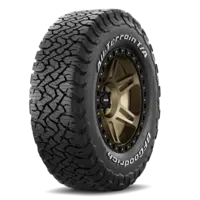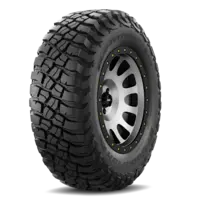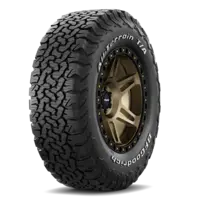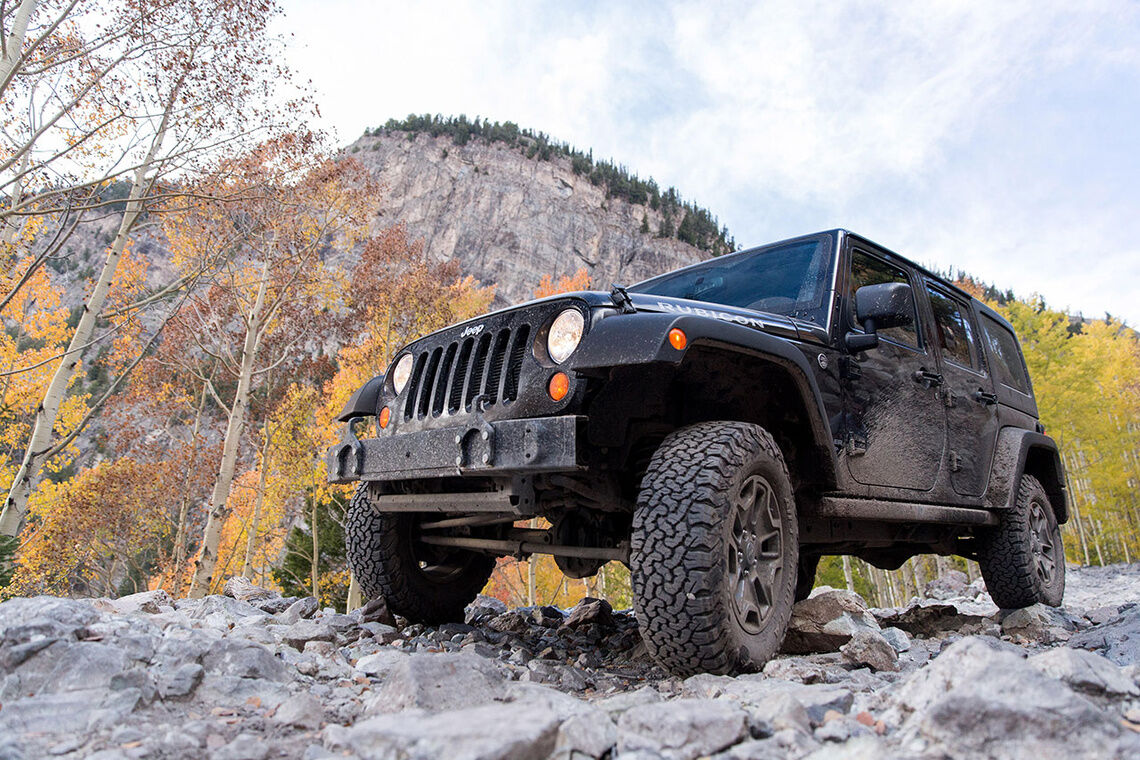Understanding tyre specifications for AWD
For any vehicle, following the manufacturer’s tyre specifications is important. For all-wheel drive vehicles, it's essential for the system to function correctly. Sensitive AWD systems rely on precise data from each wheel, and even small differences can lead to mechanical issues.
Brand and model consistency
Your vehicle's four tyres must all have the same brand, model, size, load rating, and speed rating. Different manufacturers use unique rubber compounds and construction methods, which can lead to variations in grip and handling. Keeping all four tyres the same helps ensure predictable braking, uniform wear, and the efficient operation of your all-wheel drive system.
In fact, a large enough difference in tyre size or circumference can send conflicting information to the vehicle's computer. The system might interpret the difference in rotation speed as a loss of traction, potentially causing damage to expensive drivetrain components like the centre differential or transfer case.
Requirements for AWD tyres
Aspect | Requirement | Why it matters |
Model | All 4 tyres must be identical | Different manufacturers use unique compounds and construction methods affecting grip and handling |
Size & ratings | Same size, load rating, speed rating | Prevents conflicting data to vehicle's computer system |
Circumference | Must match across all 4 tyres | Size mismatches trigger false traction loss signals, activating 4WD lock inappropriately |
Choosing the right tyre type
To find the best tyres for your vehicle, first consider the type of driving you do most often. Many drivers travel from well-maintained city highways to rural gravel roads in a single trip.
For on-road driving, where you spend most of your time on paved roads, all-season tyres are a practical choice. They are versatile and perform well in different weather conditions.
For off-road use, if you frequently explore unsealed roads or mild off-road tracks, all-terrain tyres are more suitable. They offer superior traction and durability on challenging surfaces.
Why you should replace all four tyres at once on AWD vehicles
We recommend replacing all four tyres simultaneously on an AWD vehicle. The system constantly monitors the rotational speed of each wheel to distribute power efficiently.
When you mix new tyres with old ones, their different tread depths mean they also have different rolling circumferences. The new tyres will be slightly larger, causing them to rotate more slowly than the worn tyres. Your vehicle's computer interprets this difference in speed as wheel slip and attempts to correct it by engaging the all-wheel drive system. As with mixing brands or tyre models, this unnecessary engagement can lead to premature wear on drivetrain components, which can be costly to repair. It can also increase your fuel consumption.

Potential problems of selecting the wrong tyres
Problem | Cause | Result |
False traction alerts | Mismatched tyre circumferences | System activates 4WD lock on paved roads |
Drivetrain damage | Inappropriate 4WD engagement at speed | Expensive repairs to differential/transfer case |
Increased fuel use | Constant AWD system activation | Higher operating costs |
Uneven wear | Mixed tyre specifications | Premature replacement needed |
Considering your tyre warranty
Although AWD systems are designed to distribute torque for more even wear across all tyres, under certain driving conditions, some AWD systems may contribute to faster tyre wear compared to two-wheel drive vehicles. For this reason, choose AWD tyres that are known for their longevity and come with a warranty that covers six years.
Ready to upgrade your AWD tyres?
If you mostly drive on paved roads, the BFGoodrich Advantage Control is a suitable choice, offering a smooth ride and reliable handling. Or if you often venture into more off-road terrain, the BFGoodrich All-Terrain T/A KO3 provides rugged durability and superior grip.







